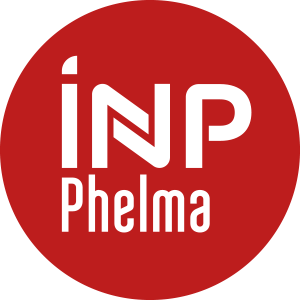Number of hours
- Lectures 10.0
- Projects 0
- Tutorials 0
- Internship 0
- Laboratory works 8.0
- Written tests 0
ECTS
ECTS 2.0
Goal(s)
Introduction of methods for the analysis and representation of multivariate, multidimensional data.
Contact Bertrand RIVET, Ronald PHLYPOContent(s)
Observations of a physical system depending on D variables (also called diversities) naturally provide a D-way hypercube of data. A simple data model is based on the decomposition of the observations into a sum of R products between simpler terms, each simple term being related to a unique diversity. In most cases, the factorization is not unique and the search for a solution must be regularized by resorting to constraints. In fact, the goal is to explain observations by R latent variables in a unique way, with a physical meaning. In this context, we present factorization methods, either on matrices (D = 2 diversities) or on tensors (D > 2), exploiting complementary features that are known beforehand, such as: source statistical independence, source nonnegativity, source sparsity, etc... In addition, theoretical principles and algorithms are illustrated by actual unmixing applications in brain and hyperspectral imaging, chemical engineering, communications, internet recommendation systems, etc.
Prerequisites
Elementary linear algebra. Basic probability.
Semester 9 - The exam is given in english only 
SESSION NORMALE:
Evaluation non-rattrapable:
Reports on lab sessions
SESSION DE RATTRAPAGE:
un sujet de BE à travailler + rapport à faire
N1 = 100% CC1
N2 = 33% CC2 + 67% CC1
Semester 9 - This course is given in english only 
P. COMON, C. JUTTEN, eds., Handbook of Blind Source Separation, Independent Component Analysis and Applications, Academic Press, 2010.



